The Veggie How to Guide:
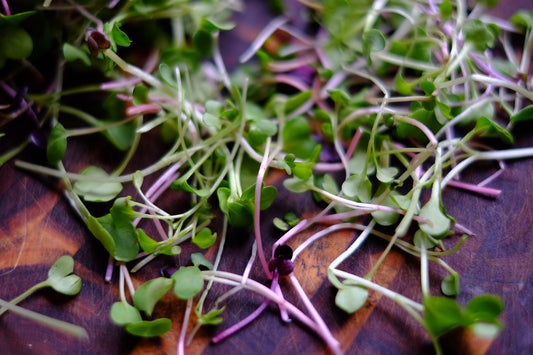
Vege Profile: Microgreens
They are eye catching, pops of green and purple and white and every shade in between. They are lean, mean, garnishing machines that offer a delicate crunch and peppery taste....
Vege Profile: Microgreens
They are eye catching, pops of green and purple and white and every shade in between. They are lean, mean, garnishing machines that offer a delicate crunch and peppery taste....

Vege Profile: Asparagus
Let’s get that talking point out of the way early; Asparagus makes your pee smell. If you say it doesn’t, you’re a bit different... A study has found that some...
Vege Profile: Asparagus
Let’s get that talking point out of the way early; Asparagus makes your pee smell. If you say it doesn’t, you’re a bit different... A study has found that some...
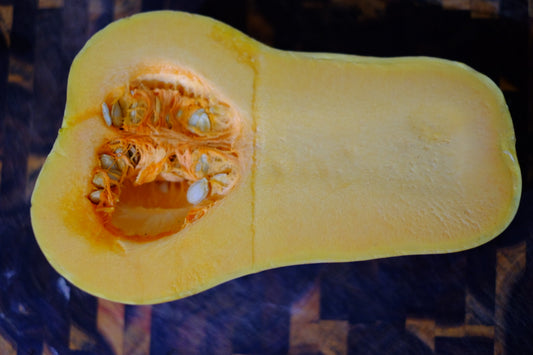
Vege Profile: Butternut Pumpkin
They are of the berry family, or ‘pepo’, and are related to cucumbers and melons, making them yet another example of ‘technically fruit but not in the fruit salad’ type...
Vege Profile: Butternut Pumpkin
They are of the berry family, or ‘pepo’, and are related to cucumbers and melons, making them yet another example of ‘technically fruit but not in the fruit salad’ type...
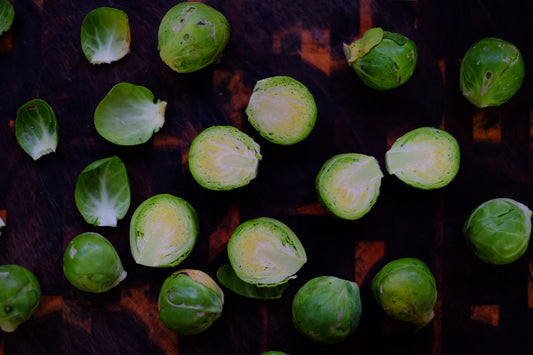
Vege Profile: Brussels Sprouts
One cup of Brussel sprouts will provide 195% of your daily vitamin K needs, and 125% of your vitamin C! It also contains folate, fiber, and essential minerals. Brussels sprouts...
Vege Profile: Brussels Sprouts
One cup of Brussel sprouts will provide 195% of your daily vitamin K needs, and 125% of your vitamin C! It also contains folate, fiber, and essential minerals. Brussels sprouts...
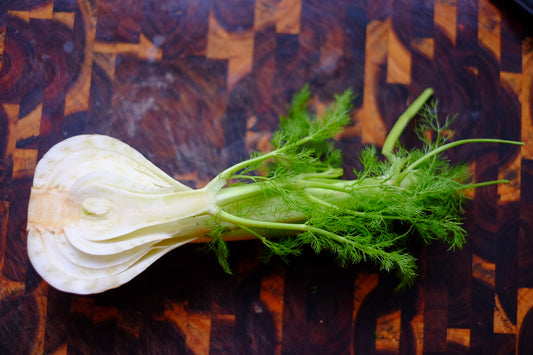
Vege Profile: Fennel
Fennel. It was once a favourite flavour for sweets. Now it is the all singing, all dancing wonder bulb! From its frilly tips to its bulbous bum, fennel has something...
Vege Profile: Fennel
Fennel. It was once a favourite flavour for sweets. Now it is the all singing, all dancing wonder bulb! From its frilly tips to its bulbous bum, fennel has something...
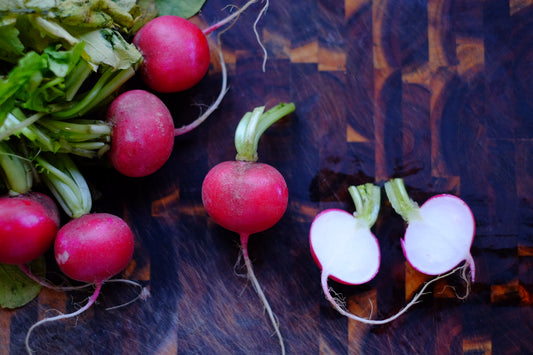
Vege Profile: Radish
Rad. Radical. Radish. Little bitty colourful bites with sassy pep and a satisfying crunch. Kimchi wouldn’t be the same without daikon. Salads would be sadly lacking without that blam of peppery...
Vege Profile: Radish
Rad. Radical. Radish. Little bitty colourful bites with sassy pep and a satisfying crunch. Kimchi wouldn’t be the same without daikon. Salads would be sadly lacking without that blam of peppery...
